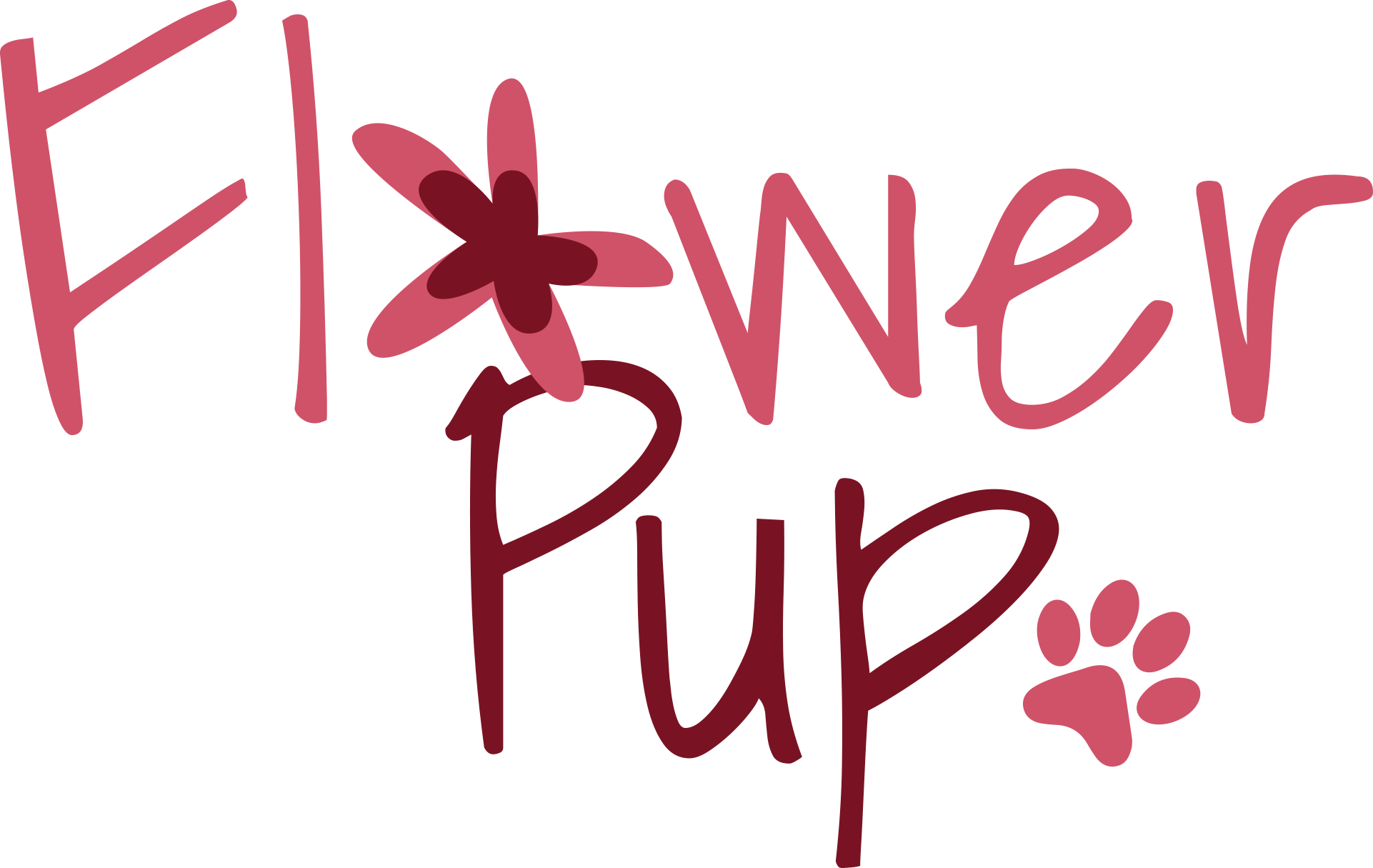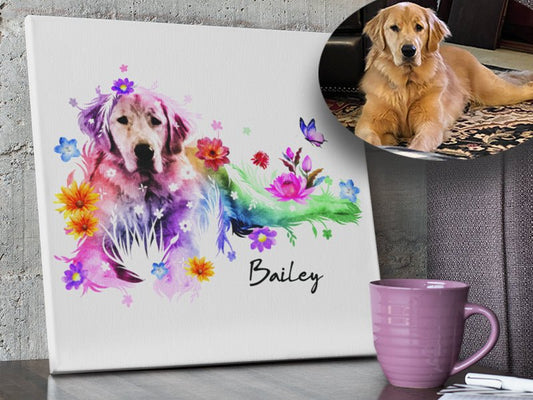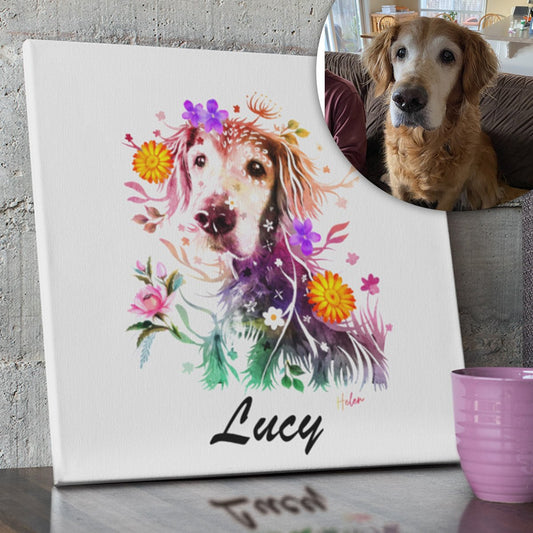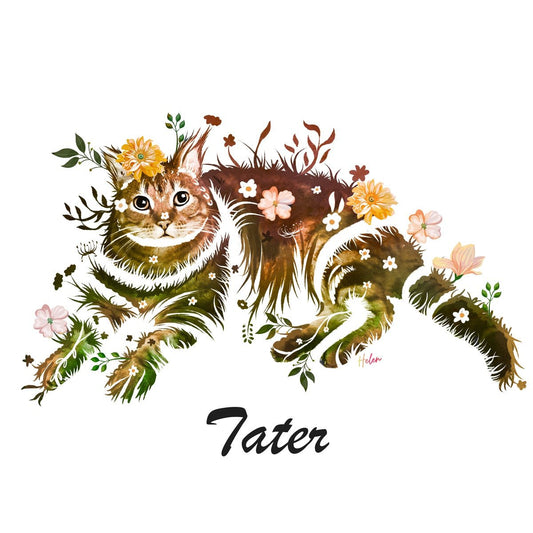If you’re a dog owner, you’ve probably found yourself hugging your furry friend tightly at some point. While it’s easy to assume that dogs love to be hugged just as much as humans do, the truth is a bit more complicated. In this article, we’ll explore the science behind canine affection and whether or not dogs actually enjoy being hugged.
Understanding Canine Body Language
Before we dive into the question of whether dogs like to be hugged, it’s important to understand how dogs communicate. Unlike humans, dogs don’t use verbal language to express themselves. Instead, they rely on body language to convey their emotions and intentions.
Some common signs of a dog feeling uncomfortable or stressed include:
- Tail tucked between the legs
- Ears flattened against the head
- Dilated pupils
- Panting
- Yawning
- Licking their lips
If you notice these signs in your dog when you’re hugging them, it’s a good indication that they may not be enjoying the experience.
Do Dogs Like to be Hugged?
The short answer is that it depends on the individual dog. Just like humans, some dogs enjoy physical affection more than others. However, there are some general trends that can help us understand how dogs feel about being hugged.
One study published in Psychology Today found that out of 250 dogs surveyed, only 8% showed signs of relaxation while being hugged. The majority of dogs either showed signs of stress or simply tolerated the hug without showing any particular pleasure or displeasure.
Another factor to consider is a dog’s upbringing and socialization. Dogs who were socialized with humans and other dogs from an early age may be more comfortable with physical affection, while dogs who were not may be more hesitant or fearful.
Alternatives to Hugging Your Dog
If your dog doesn’t seem to enjoy being hugged, there are plenty of other ways to show them affection. Some alternatives include:
- Petting them
- Scratching their favorite spots
- Playing with them
- Giving them treats
- Talking to them in a soothing tone
It’s also important to remember that not all dogs are comfortable with strangers, so it’s important to always ask the owner’s permission before hugging someone else’s dog.
The Benefits of Positive Canine Affection
While some dogs may not enjoy being hugged, there are plenty of other ways to show them affection that can have positive benefits for both you and your furry friend. Studies have shown that positive interactions with dogs can:
- Lower stress levels in humans
- Reduce feelings of loneliness and depression
- Increase socialization opportunities for dogs
- Strengthen the bond between dog and owner
Conclusion
While it’s easy to assume that dogs love being hugged just as much as humans do, the reality is that it depends on the individual dog. Understanding canine body language and respecting a dog’s boundaries is crucial for building a healthy and happy relationship with your furry friend. Whether your dog enjoys being hugged or not, there are plenty of other ways to show them affection and strengthen your bond.
FAQs
-
Can hugging a dog be harmful? While hugging a dog is generally not harmful, it’s important to pay attention to your dog’s body language to make sure they are comfortable with the experience. Dogs who feel stressed or uncomfortable may bite or scratch, so it’s important to always respect a dog’s boundaries.
-
What are some signs that a dog is comfortable with physical affection? Some signs that a dog is comfortable with physical affection include wagging their tail, leaning into your touch, and showing a relaxed facial expression.
-
Can hugging a dog strengthen your bond? While hugging may not be the best way to





